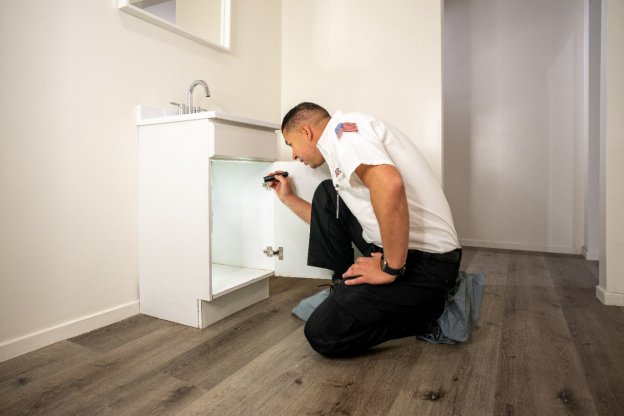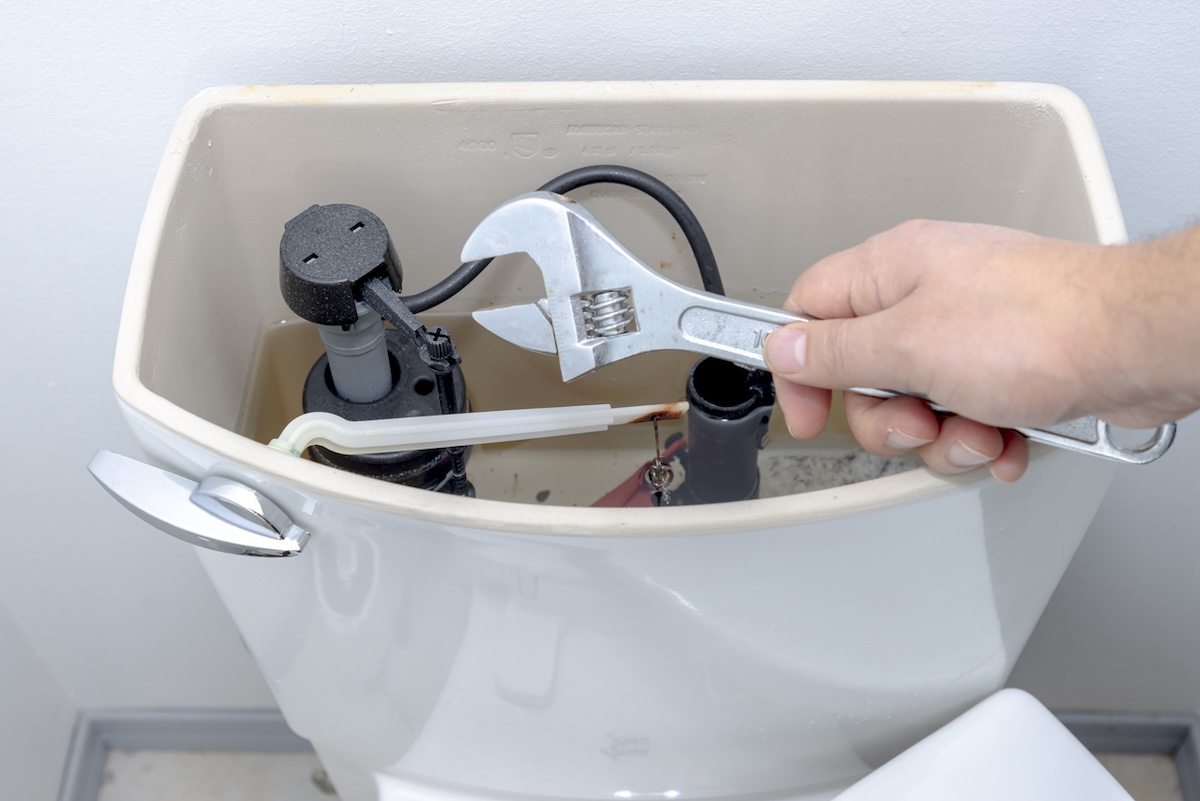Just how do you actually feel when it comes to When to DIY and When to Call in the Plumbing Pros?

Intro
Pipes concerns can vary from minor inconveniences to major headaches, often motivating home owners to determine in between dealing with the problem themselves or calling in a professional plumbing technician. Recognizing when to do it yourself and when to look for professional aid can conserve time, money, and protect against prospective disasters. This write-up explores the variables to think about when making this essential decision.
Benefits of Do It Yourself Plumbing
Handling pipes tasks on your own can be rewarding in a number of ways, especially for less complex projects.
Expense Financial savings
Do it yourself plumbing projects usually save money by staying clear of expert service charge. Jobs like repairing small leakages, changing taps, or mounting brand-new showerheads are instances where home owners can take care of fixings without hiring a plumbing.
Skill Improvement
Taking part in do it yourself plumbing uses a chance to learn and improve sensible abilities. Fundamental jobs encourage house owners to understand their plumbing systems much better and obtain confidence in taking care of small repair services independently.
Risks of Do It Yourself Pipes
While DIY jobs provide advantages, particular risks ought to be carefully thought about prior to trying repair services.
Intricacy of Jobs
Some plumbing issues call for specialized expertise and tools beyond common homeowner abilities. Messing up complicated issues can bring about further damage and pricey fixings.
Security Issues
Working with pipes systems involves dangers such as direct exposure to water damage, capacity for electrical dangers, and taking care of tools improperly. Safety preventative measures should be observed to prevent accidents and ensure reliable fixings.
Indicators to Call a Specialist Plumbing Technician
Acknowledging when a pipes issue goes beyond DIY capabilities is crucial to avoid worsening troubles.
Indicators of Complicated Problems
Examples consist of:
Motivate professional treatment is essential to address these problems successfully and decrease damage.
DIY Pipes Tips
For effective do it yourself pipes, it's vital to be prepared with the right devices and follow proper procedures.
Basic Devices and Materials
Key tools for DIY pipes:
Step-by-Step Guides
Clear guidelines guarantee risk-free and effective DIY fixings:
Choosing the Correct Time to DIY
Determining when to take on plumbing tasks on your own needs assessing both the intricacy of the problem and individual comfort levels.
Analysis Checklist
Consider:
When to Certainly Call an Expert
Certain scenarios demand prompt experienced focus to avoid comprehensive damage or safety and security risks.
Examples consist of:
Searching for and Employing a Professional Plumber
Picking a qualified plumber makes certain trustworthy service and assurance in resolving plumbing concerns.
Requirements for Option
Factors to take into consideration:
Cost Evaluation: do it yourself vs. Specialist Providers
Contrasting the financial effects of do it yourself initiatives versus expert plumbing solutions assists in making informed decisions.
Financial Considerations
Evaluate:
Verdict
Determining whether to DIY or call an expert plumbing hinges on understanding the intricacy of plumbing issues and personal capabilities. By weighing the benefits and threats, home owners can make educated selections that promote efficient upkeep and secure their homes from plumbing catastrophes.
DIY Plumbing Projects: What Homeowners Can Do and When to Call a Professional
Welcome to our comprehensive guide on DIY plumbing projects. In this blog post, we aim to empower homeowners with the knowledge and skills to tackle basic plumbing tasks around the house. From unclogging drains to fixing a leaky faucet, we’ll walk you through step-by-step instructions on how to handle these common issues.
However, not all plumbing problems can or should be solved with a DIY approach. Recognizing when a problem is beyond your skill level and requires professional intervention is just as important as knowing how to perform basic tasks. We’ll also discuss the signs that indicate it’s time to put down your tools and pick up the phone to call a professional plumber. By understanding when to DIY and when to call a professional, you can save time, avoid potential disasters, and ensure your home’s plumbing system remains in top shape.
Understanding Plumbing Basics
Before we dive into the DIY projects, let’s take a moment to understand the basics of your home’s plumbing system. A typical residential plumbing system consists of two major components: the water supply system, which brings fresh water into your home, and the drainage system, which removes waste water. These systems are made up of a network of pipes, valves, and fixtures that work together to deliver clean water and dispose of waste efficiently.
Regular maintenance of your plumbing system is crucial to prevent minor issues from escalating into major problems. This includes tasks like checking for leaks, removing minor clogs, and ensuring your pipes are insulated for winter. By performing these tasks regularly, you can extend the lifespan of your plumbing system, save money on water bills, and maintain the comfort and hygiene of your home.
In the following sections, we’ll explore some common DIY plumbing projects that homeowners can handle, as well as situations that require the expertise of a professional plumber. Whether you’re a seasoned DIY enthusiast or a beginner, this guide will provide you with valuable insights into the world of home plumbing.
DIY Plumbing Projects Homeowners Can Handle
Plumbing may seem intimidating, but there are several tasks that homeowners can confidently tackle with a little guidance and the right tools. Here are a few common issues you might encounter and how to address them.
Unclogging Drains
Use a Plunger: This is your first line of defense. A good old-fashioned plunger can dislodge the obstruction and clear the drain in many cases. Try a Plumber’s Snake or Hand Auger: If the plunger doesn’t work, a plumber’s snake or hand auger can reach deeper into the pipe to break up the clog. Use a Drain Cleaner: If physical methods fail, a chemical drain cleaner can dissolve the clog. However, use these products sparingly as they can damage your pipes if overused.

Hopefully you enjoyed our article about DIY Plumbing Projects and When to Call a Professional. Thank you so much for taking time to read through our blog. Are you aware of somebody who is fascinated by the niche? Take a moment to promote it. Thank you so much for taking the time to read it.
Estimate Free